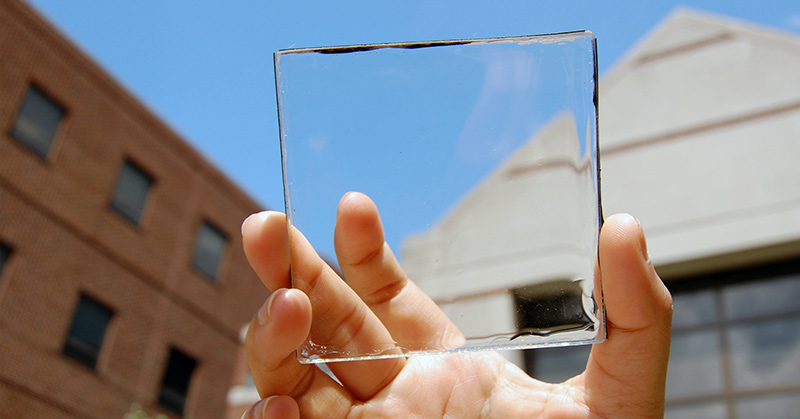Since William Adams and Richard Day first harnessed solar power in 1876, it’s been regarded as a major scientific breakthrough ever since. The first material that produced usable electricity from solar power was the metalloid compound selenium. It converted energy from the sun to electricity at about 1 to 2 percent efficiency [1].
Photovoltaic cells have evolved tremendously over time. They are popularly called solar panels (when they are manufactured in a merged array), and are produced in a wide range of voltage ratings of different devices.
Most solar panels are produced using crystalline silicon as the energy collector. They are usually attached to the top surface of small devices, or on the rooftops of houses.
Solar panels work by utilizing the photoelectric effect [2]. Basically, when the energy from the sun strikes the panel surface, the silicon material absorbs it and an electric field is set up. Subsequently, an electron gets knocked off from the silicon bond.
The silicon is usually doped (or fortified) with other photovoltaic components. These components further retrieve the electron and convert it into useful electricity [3]. Solar panels, in my opinion, are one of the most incredible devices ever invented. The technology constantly undergoes upgrades and fortification, seeking to make the panels more efficient.
Latest technology in solar power generation: Transparent Luminescent Solar concentrator
In August 2014, researchers at Michigan State University MSU came up with powerful new technology for harnessing solar electricity [4]. They designed a plastic solar concentrator that can transform any window or transparent screen into a fully functional energy source.
In the past, attempts have been made to develop these solar cells to be fully transparent. Unfortunately, things didn’t turn out as planned, as the cells developed were only partially transparent. This is because the idea of a transparent photovoltaic cell is actually self-contradictory (but apparently, not impossible). A solar cell has to absorb solar energy into its electric field. A purely transparent cell would only reflect it [5].
However, a breakthrough was achieved in 2014. The MSU research team, led by Professor Richard Lunt, developed a Transparent Luminescent Solar Concentrator (TLSC) [6]. This idea turned out to be better than the fully transparent cell idea.
The TLSC is primarily composed of organic salts molded into a transparent plastic form. They absorb UV and Infrared rays from the sun to generate electricity. These rays absorbed are further transformed into another wavelength of infrared rays, which can be picked up by the contour of the solar panel. Molecules of photovoltaic cells can then pick up these emitted photons, converting them to electricity in the process [5].
A bonus point of the TSLC is that it doesn’t produce spectral colors under bright light, which was a side effect the previous attempts had. Nobody wants to have a window glowing reddish orange in the sun.
The future is clear
In a chat with MSU Today, Professor Lunt explained the limitless possibilities of the TSLC [4]. This technology will conveniently blend in and maximize the use of solar energy in the environment. “It opens a lot of areas to deploy solar energy in a non-intrusive way. It can be used on tall buildings with lots of windows or any kind of mobile device that demands high aesthetic quality like a phone or e-reader. Ultimately we want to make solar harvesting surfaces that you do not even know are there,” Lunt explained. The TSLC can possibly be used to invent transparent electronic devices, such as computers, televisions, and washing machines. This technology is promising to bring a new revolution to industrialization.
The TSLC currently has an efficiency of 1%, although the engineers believe a 10% efficiency will be achieved before commercialization.
Sources
- https://www.experience.com/advice/careers/ideas/the-history-of-solar-power/https://www.experience.com/advice/careers/ideas/the-history-of-solar-power/
- https://www.sciencedaily.com/terms/photoelectric_effect.htm
- https://www.livescience.com/41995-how-do-solar-panels-work.html
- https://msutoday.msu.edu/news/2014/solar-energy-that-doesnt-block-the-view/
- https://www.extremetech.com/extreme/133199-researchers-create-transparent-solar-cell-the-key-to-transparent-computers
- https://www.arch2o.com/transparent-solar-panels-will-turn-windows-into-green-energy-collectors/

